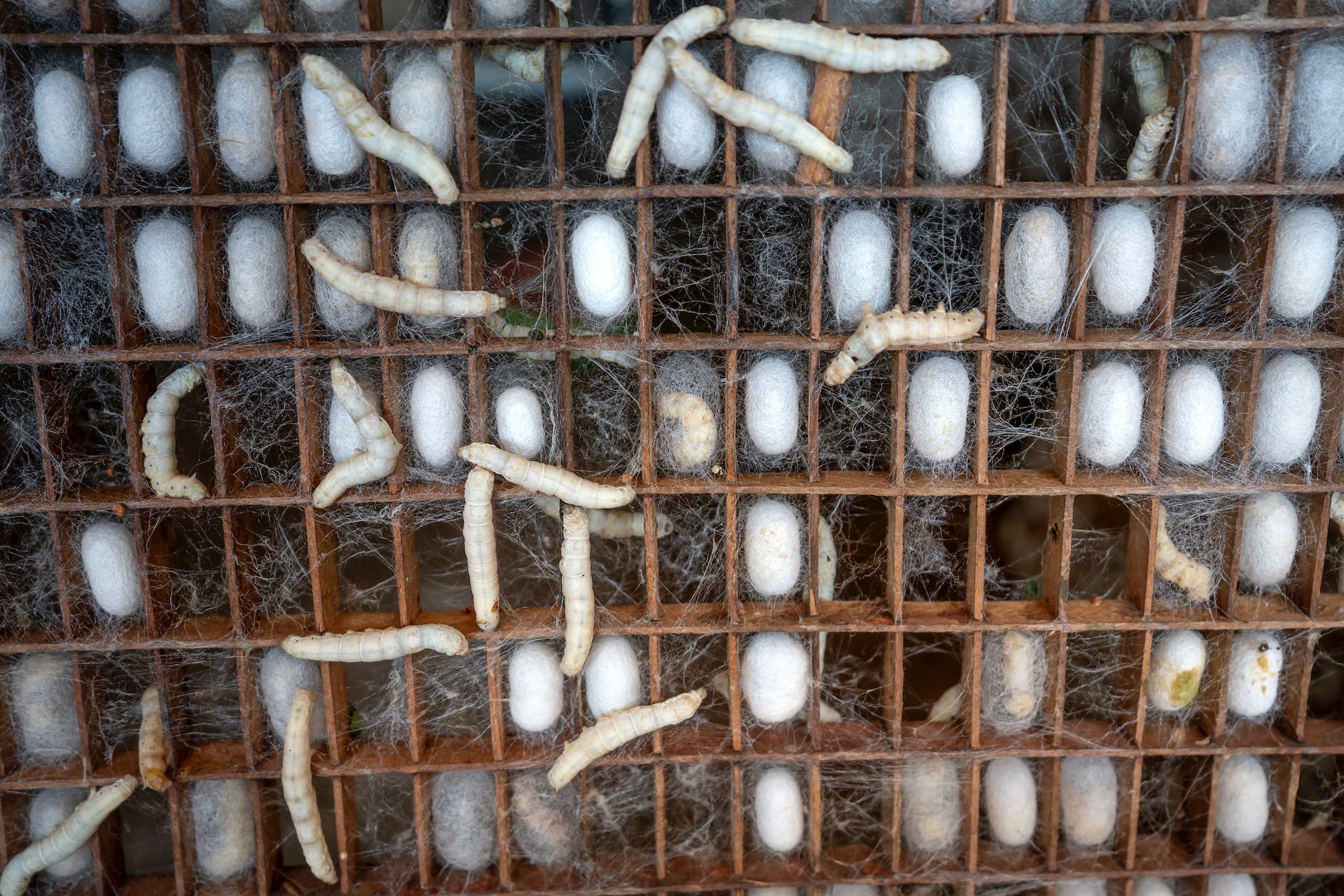Silk has long been associated with luxury, elegance, and a touch of opulence. From clothing and bedding to accessories, its shimmering appearance and soft texture have captured the hearts of many. However, as we dive deeper into the realm of sustainable living and conscious consumerism, it’s crucial to evaluate whether silk aligns with our values and lifestyle choices even if they’re unpopular opinions. In this article, we’ll explore nine reasons why silk might not be the best choice for your modern lifestyle.
1. Environmental Impact of Silk
The production of silk involves the cultivation of silkworms, which can have environmental implications. From deforestation for mulberry trees to the energy-intensive processes required for silk extraction, the overall carbon footprint of silk can be higher compared to other more sustainable fabrics.
2. Animal Welfare Concerns
Silk production involves the sericulture process, where silkworms are boiled alive to extract the silk threads from their cocoons. This raises ethical concerns for animal welfare, making silk a less appealing option for those who prioritize cruelty-free choices.
3. Durability and Care
While silk is undeniably luxurious, it’s also delicate and requires careful maintenance. It can be more prone to snagging, tearing, and color fading, which may not be practical for those with busy lifestyles or a preference for low-maintenance textiles.
4. Allergy Sensitivity
Individuals with sensitive skin or allergies may find silk fibers irritating. Silk contains sericin, a protein that can trigger allergic reactions in some people. This factor could make silk unsuitable for those seeking hypoallergenic options.
5. Price Point
Silk’s association with luxury comes with a higher price tag. If budget-conscious shopping is part of your lifestyle, silk might not align with your financial priorities.
6. Limited Versatility
Silk’s delicate nature can limit its versatility. It may not be suitable for everyday wear or for activities that require more durable fabrics, such as exercise or outdoor adventures.
7. Environmental Degradation
Conventional silk production can involve chemical treatments and dyes that contribute to water pollution and environmental degradation. If you’re focused on reducing your ecological footprint, silk might not be the most environmentally responsible choice.
8. Sustainable Alternatives
As the demand for sustainable and ethical fashion grows, many eco-friendly alternatives to silk have emerged. From plant-based fabrics like Tencel and hemp to cruelty-free options like Peace Silk, there are choices that align better with modern values.
9. Evolving Lifestyle Trends
Lifestyle trends are shifting towards more practical, conscious, and versatile choices. As we become more attuned to the impact of our consumption, silk’s limitations in terms of durability, care, and ethics might not resonate with the values of a modern, mindful lifestyle.
Conclusion: Choosing Mindfully
While silk has a timeless allure, its drawbacks and limitations might not be compatible with the demands and values of a modern lifestyle. As we navigate a world of conscious consumerism and sustainable choices, exploring alternative fabrics that align with our values is essential. By opting for materials that prioritize both ethical considerations and practicality, we can make choices that truly resonate with our lifestyle and contribute to a more conscious and compassionate world.
If you’re not sure about which fabrics are top-notch eco-friendly, we can help give you some sustainable fabric tips.

Leave a Reply